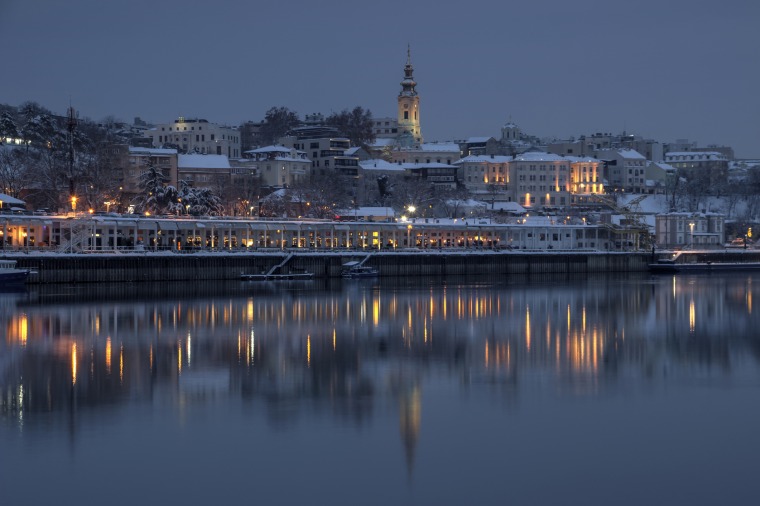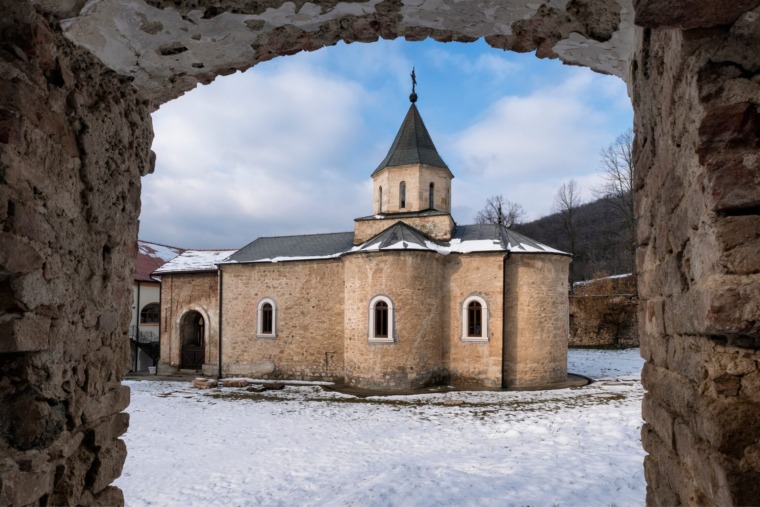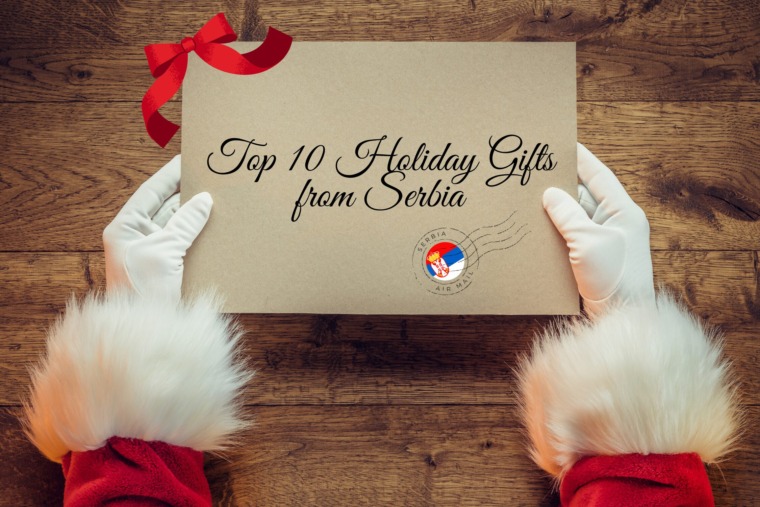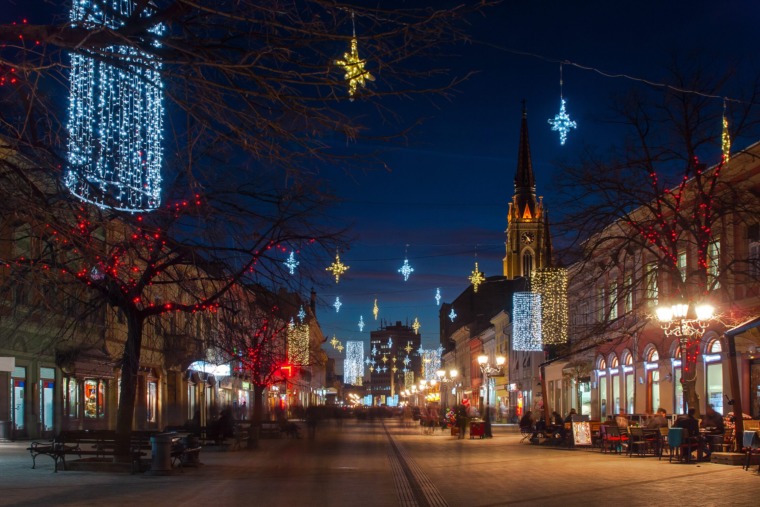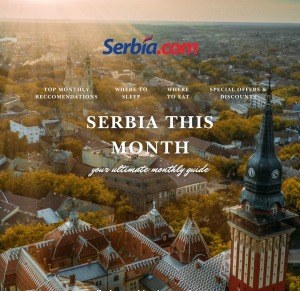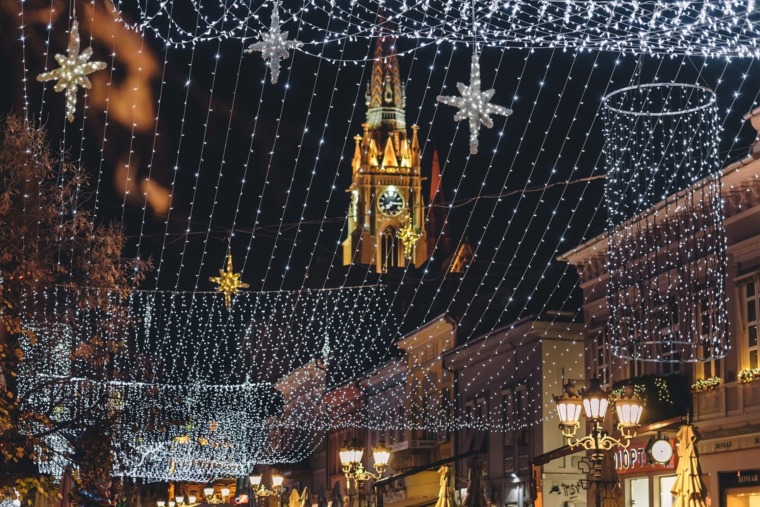
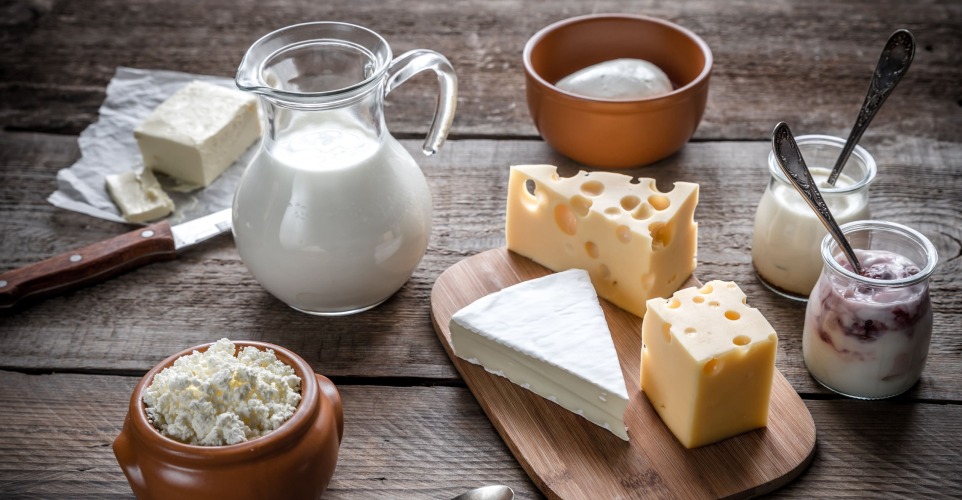
Where Cheese Meets Tradition
Tucked between mountains, meadows, and centuries-old customs, Serbia’s cheese trails offer more than just exquisite bites—they tell the story of a nation rooted in its land. From the lush pastures of Homolje in the east to the golden hills of Zlatar in the southwest, each region brings its own flavor, history, and identity to the table.
Whether you’re a food traveler, a slow-tourism enthusiast, or just a curious gourmand, the Serbian cheese trail is a road less traveled—but deeply rewarding.
🐑 Homolje: Rustic Richness of the East
Known for: Homoljski sir (Homolje cheese), sheep’s milk cheeses
Best time to visit: Late spring to early autumn
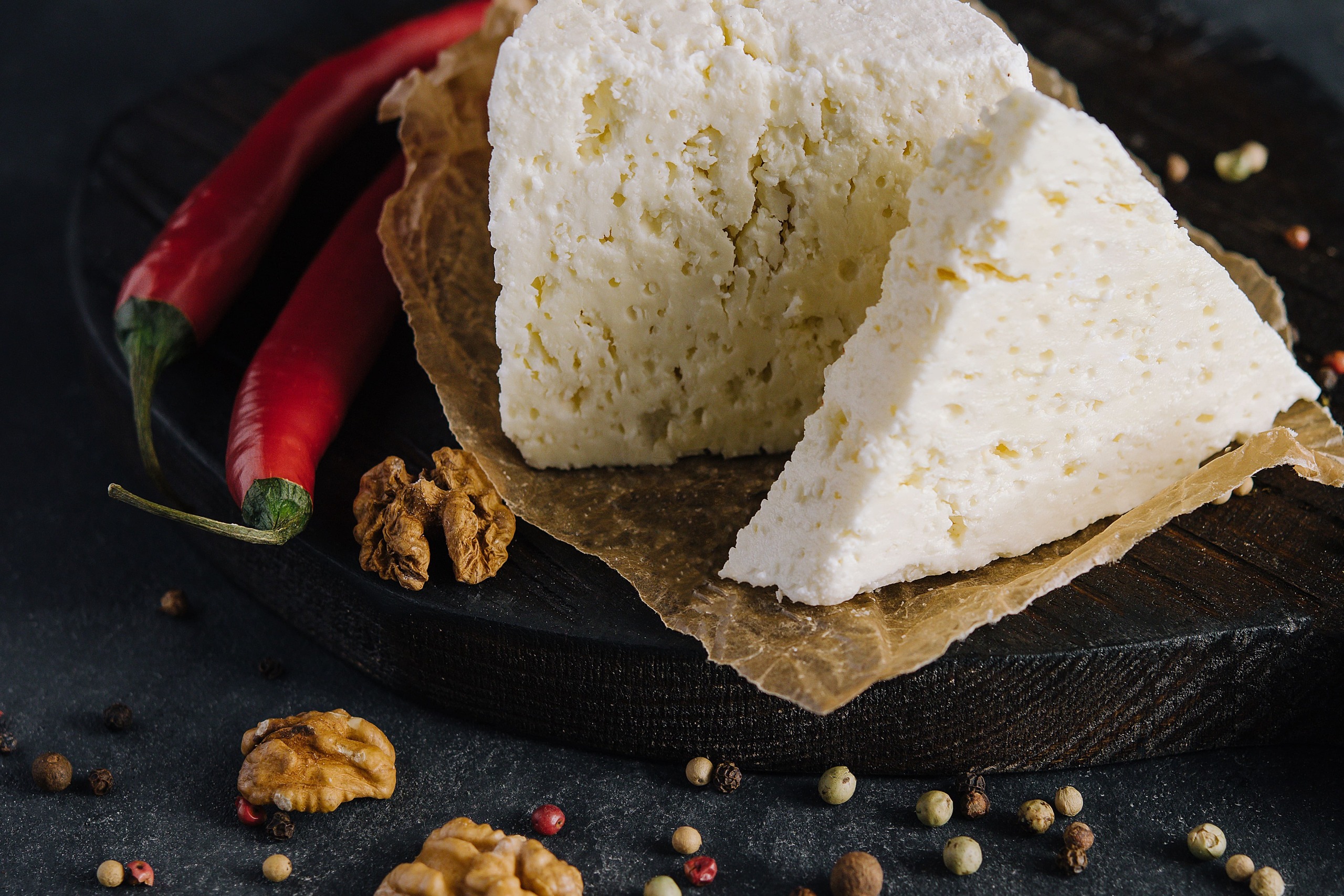
Homolje is a hidden culinary gem where shepherds still produce cheese the old-fashioned way—by hand, in mountain huts called katuni. The most famous product here is Homoljski sir, a crumbly white cheese made mostly from sheep’s milk, with a mildly tangy taste that deepens with age.
What to do:
- Visit farms near Žagubica and Krepoljin.
- Attend the Homolje Ethno Festival in August to try artisanal cheese and honey.
- Pair Homoljski sir with local cornmeal bread (proja) and rakija.
🧀 Miročki Sir: A Mountain Secret Near the Danube
Known for: Miročki sir, semi-soft cow or mixed-milk cheese with earthy tones
Where: Miroč Mountain, near Donji Milanovac and Đerdap National Park
Best time to visit: Spring and early autumn
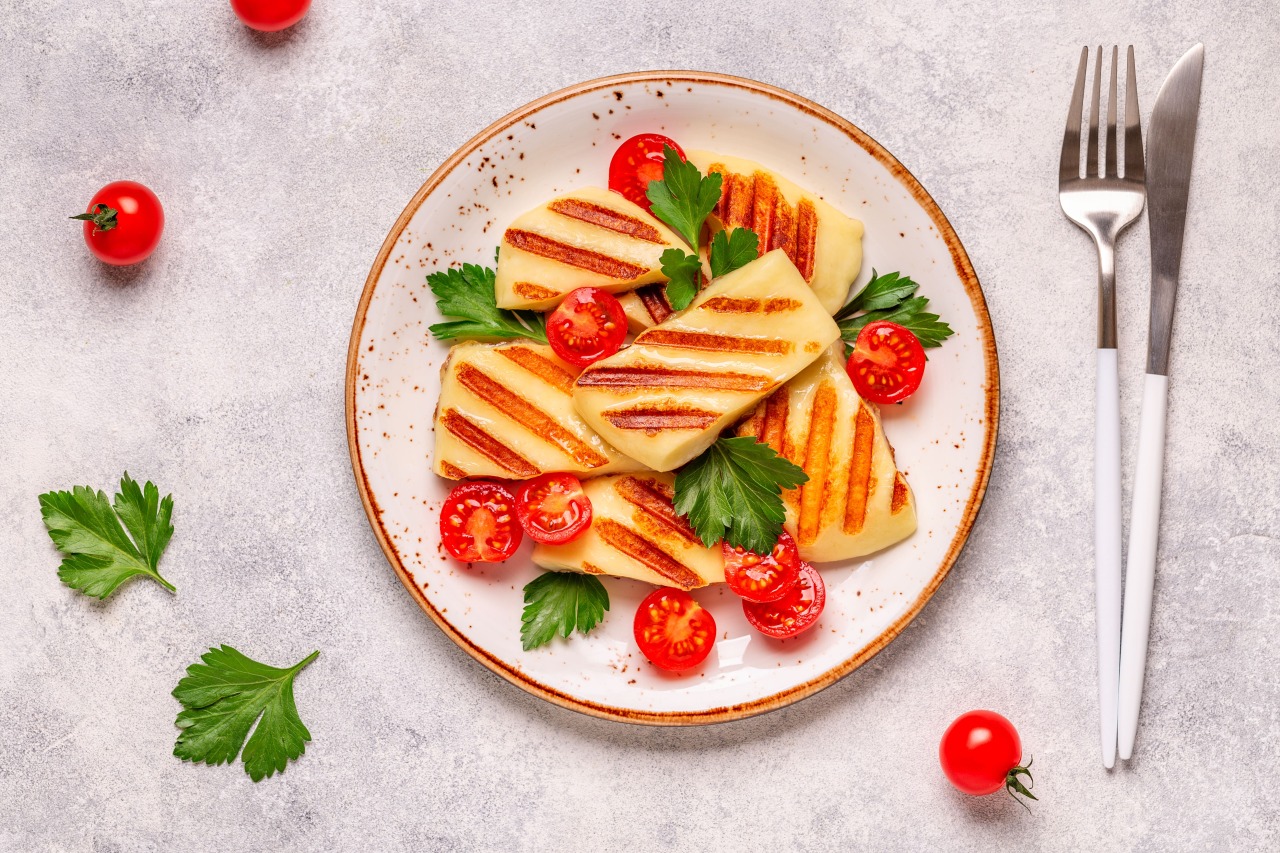
Often overshadowed by larger cheese regions, Miroč Mountain is a hidden gem for dairy lovers. Miročki sir is typically made in small quantities by locals who blend cow and sheep milk. Its texture is soft to semi-firm, with a naturally grassy, creamy profile—shaped by the wild herbs growing across Miroč’s limestone slopes.
What to do:
- Visit during a trip to Đerdap National Park.
- Stop at local markets in Donji Milanovac or nearby villages.
- Combine cheese tasting with a Danube-view hike or a boat ride through the Iron Gates.
🧈 Stara Planina: Untouched Nature, Pure Flavor
Known for: Raw milk cheeses, full-fat cow and sheep cheeses
Best time to visit: Spring bloom or fall foliage season
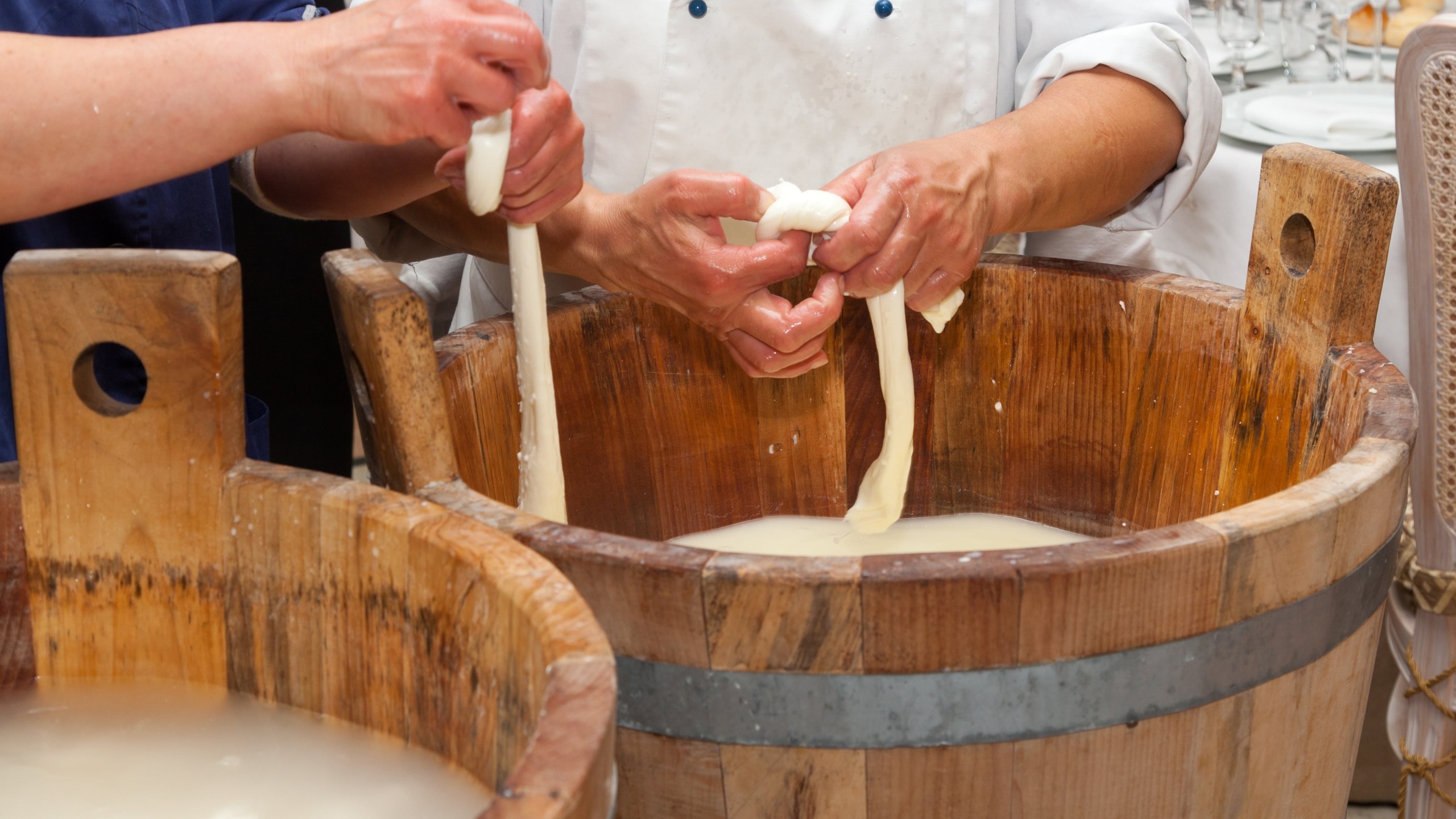
Stara Planina (Balkan Mountains) offers a wild and pastoral cheese experience. Local producers often use raw milk, which gives their cheese a distinct, full-bodied flavor. Here, you can taste cheese aged in wooden barrels and stored in natural stone cellars.
Insider Tip:
Ask for “Sir iz mješine” – a rare cheese aged in an animal skin sack, with a sharp, earthy flavor.
🧄 Zlatibor & Zlatar: The Highland Cheese Havens
Known for: Zlatar cheese (Zlatarski sir), semi-hard and hard aged cheeses
Best time to visit: Summer (cheese festivals), or winter (snowy culinary retreats)
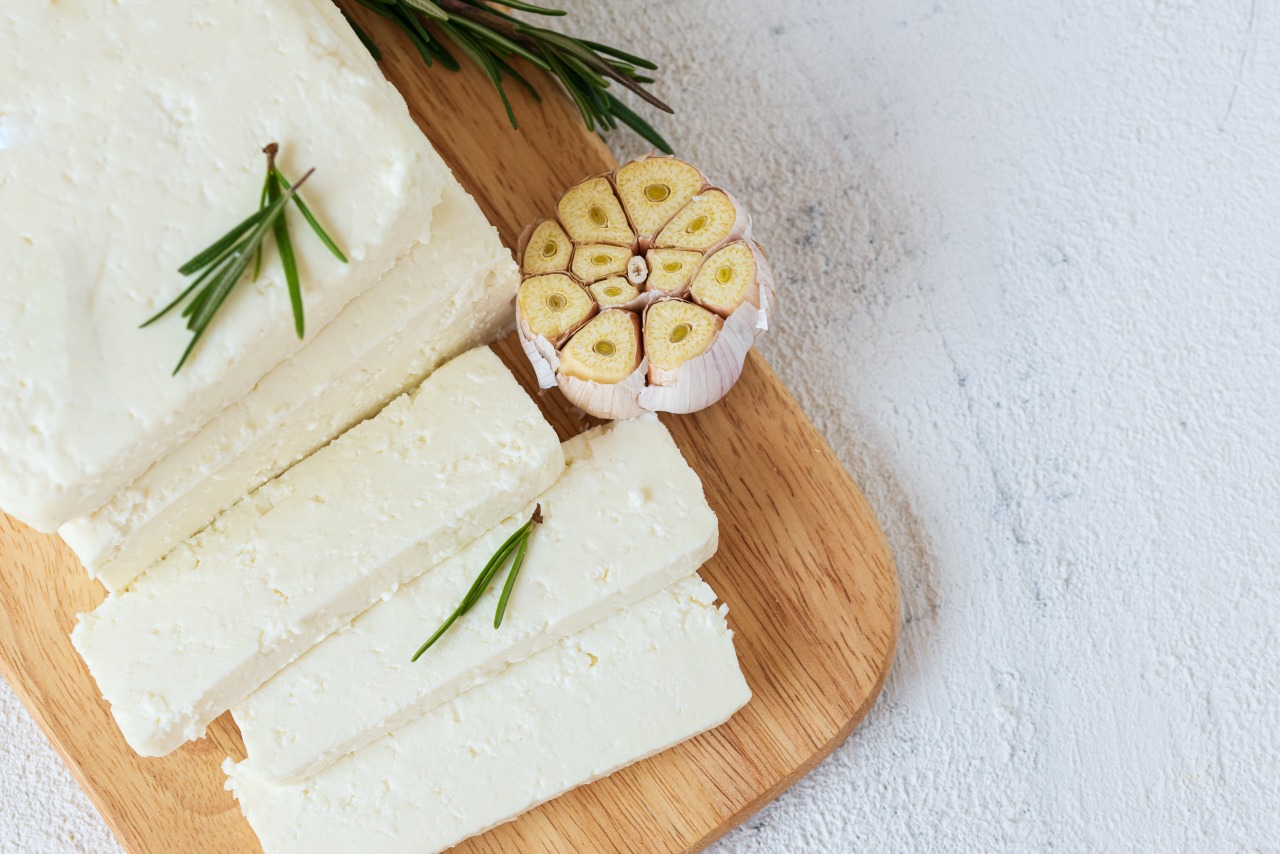
In southwestern Serbia, Zlatar Mountain and neighboring Zlatibor are cheese royalty. Zlatar cheese is semi-hard, smooth, and slightly buttery, made from a mix of cow and sheep milk and ideal for slicing or melting. It’s often smoked or aged with herbs.
Zlatibor’s tourism infrastructure also makes it a great base for food tours. Visit traditional dairies, known as mlekare, and meet families that have passed down recipes for generations.
Don’t Miss:
- Zlatar Cheese Festival in Nova Varoš (usually July)
- Pair cheese with local kajmak, smoked meats, and white corn grits (kačamak).
🧭 Planning Your Cheese Trail Adventure
Suggested Route:
- Start in Žagubica (Homolje)
- Head southeast toward Pirot and Stara Planina
- Conclude in Zlatar and Zlatibor region
Rent a car for full flexibility, or join one of Serbia’s growing number of agrotourism experiences that include cheese tastings and rural overnight stays.
🧀 Pirotski Kačkavalj: Serbia’s Golden Wheel
Known for: Aged kačkavalj cheese made traditionally from sheep’s milk
Where: Pirot, in southeastern Serbia near the Bulgarian border
Best time to visit: Summer (during the Kačkavalj Days festival)
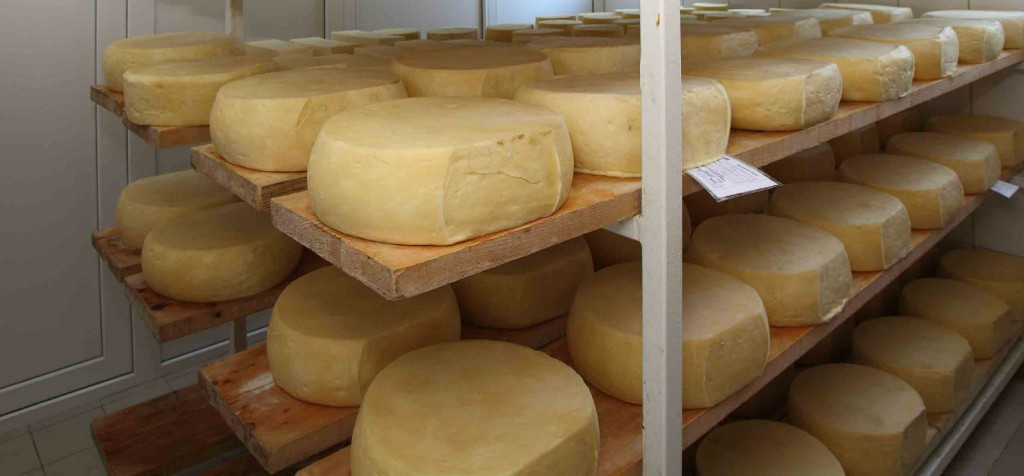
Pirotski kačkavalj is one of Serbia’s most respected cheeses and has been protected as a product of geographic origin. This yellow, hard cheese is made from 100% sheep’s milk and aged for months to develop its slightly nutty, sharp flavor and firm texture.
Still made in traditional ways, including manual curd stretching, this cheese is Serbia’s answer to Italy’s caciocavallo or provolone—but with its own Balkan soul.
What to do:
- Tour Mlekarska škola Pirot, Serbia’s historic dairy school.
- Taste cheese alongside Pirot’s famous flatbread (pogača) and grilled peppers.
- Visit during “Dani Pirotskog Kačkavalja” (Kačkavalj Days Festival) for workshops and tastings.
🍷 Perfect Pairings: What to Eat and Drink with Serbian Cheese
- Bread: Homemade sourdough, proja (cornbread), or lepinja (flatbread)
- Drinks: Plum rakija, local white wines (e.g., Tamjanika), or homemade elderflower juice
- Side Dishes: Ajvar, roasted peppers, pickled vegetables
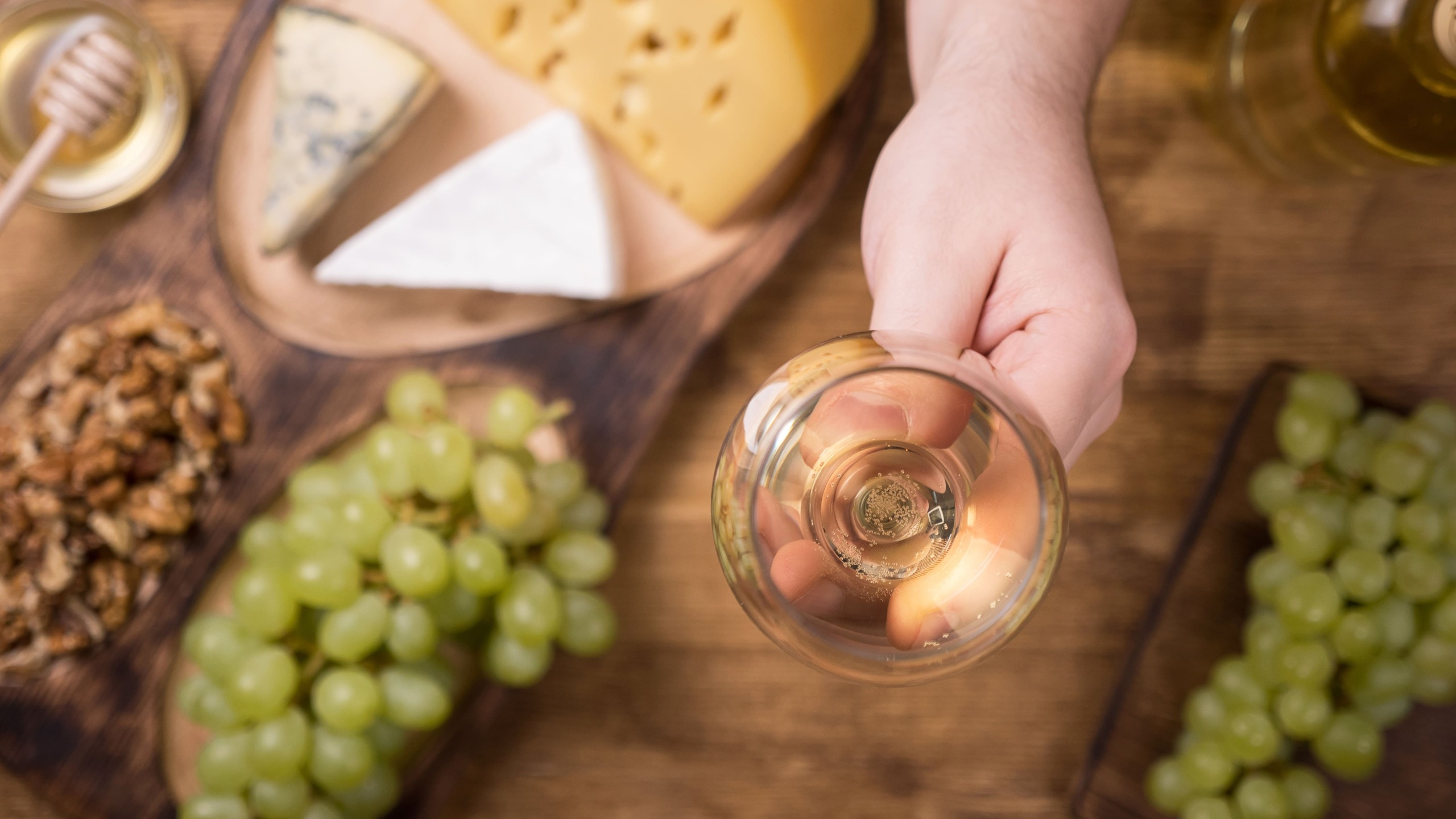
🧭 Nearby Attractions to Visit
- Homolje: Krupajsko Vrelo, Gornjak Monastery
- Stara Planina: Midžor Peak, Tupavica Waterfall
- Zlatar: Uvac Canyon, Mileševa Monastery
🧺 Final Bite: Why Cheese is the Soul of Serbia
Serbian cheese is more than a product—it’s a taste of geography, heritage, and hospitality. As more travelers seek authentic, sustainable, and sensory-rich experiences, the Cheese Trails of Serbia invite them to connect with the land and its people—one slice at a time.
Related Articles

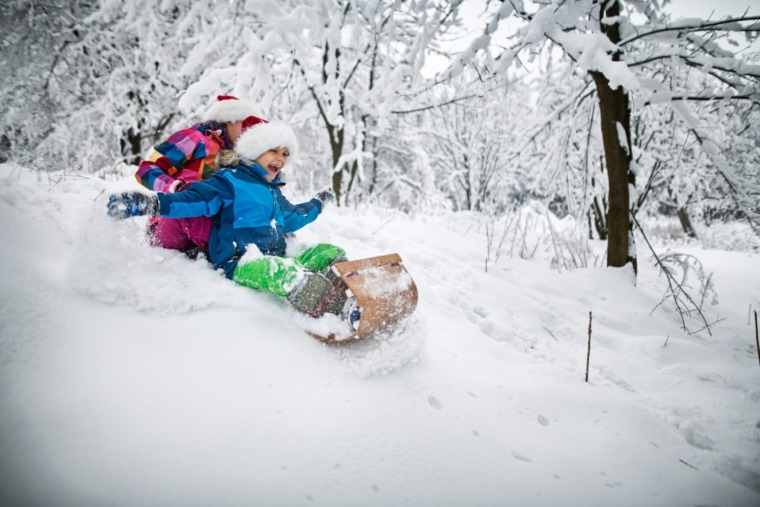
What to Do with Kids in Serbia: Family-Friendly Holiday Ideas
December 14, 2025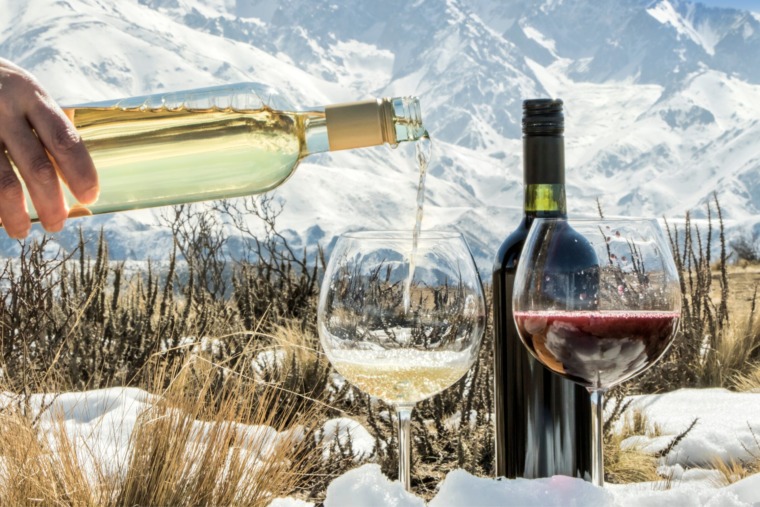
Winter Wine Escape: Serbia’s Most Beautiful Holiday Wineries
December 11, 2025